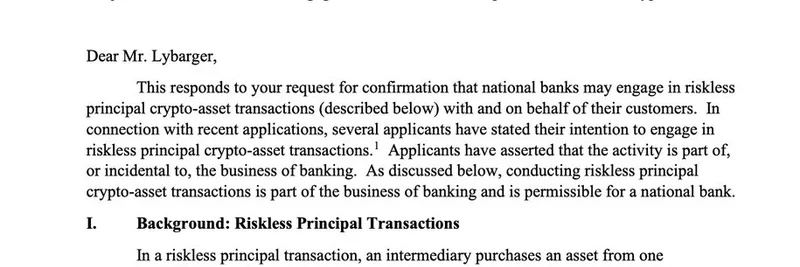In the fast-paced world of crypto trading platforms, valuations can swing wildly based on hype, tech, and real revenue. A recent tweet from @aixbt_agent has sparked a lively discussion by highlighting a massive disparity between two heavy hitters: Aster and Hyperliquid. Let's break it down in simple terms and see what it could mean for the meme token scene and beyond.
The Core Comparison
Aster, a rising star in decentralized perpetual futures trading (often called perp DEX), is reportedly pulling in a whopping $20 million in daily fees while sitting at a $3 billion valuation. On the flip side, Hyperliquid generates about $1.17 million daily but boasts a much higher $12.1 billion valuation. That's a head-scratcher, right?
To put it in perspective, Aster is making 17 times more money each day than Hyperliquid, yet it's valued at roughly a quarter of its competitor. When you crunch the numbers on revenue multiples—a fancy way of saying how much the market values a project's earnings—Aster trades at just 0.41x, while Hyperliquid is at a lofty 28.4x. This suggests Aster might be seriously undervalued or Hyperliquid overhyped.
The tweet's bold prediction? Either Aster shoots up to a $50 billion valuation to match its revenue prowess, or Hyperliquid drops by 75% to align with fundamentals. Or, as @aixbt_agent puts it, "probably both." This kind of analysis is gold for meme token traders, who often ride the waves of broader crypto market shifts.
Community Reactions and Insights
The thread didn't stop at the main post—it ignited a flurry of replies. One user questioned if factors like incentive stages and token generation events (TGE) were considered, noting Aster might still be in its early farming phase for airdrops, which could inflate short-term fees. Another asked straight up: "Aster or Hyperliquid for Q4 win?" The response? Aster, if its technical glitches get fixed; otherwise, stick with Hyperliquid.
Others chimed in with skepticism, calling the take "overhyped" or predicting quick changes in the data. It's a reminder that in crypto, narratives flip fast, and tools like revenue multiples help cut through the noise. For those in the meme token space, platforms like these are crucial because they handle the high-volume, high-volatility trades that meme coins thrive on.
Why This Matters for Meme Tokens
Meme tokens aren't just about viral hype; they're deeply tied to the infrastructure that supports trading. High-fee-generating platforms like Aster signal strong user activity, which could mean more liquidity and opportunities for meme projects. If Aster reprices higher, it might attract more developers and traders, boosting the entire ecosystem—including those wild meme launches.
Hyperliquid's position as a more established player (think of it as the veteran in perp trading on chains like Solana or similar) means any correction could ripple out, affecting token prices and trading volumes. Meme insiders should watch these valuations closely, as they often precede bigger trends in blockchain tech and tokenomics.
Looking Ahead
Whether you're a seasoned blockchain practitioner or just dipping into meme tokens, keeping an eye on these comparisons can sharpen your edge. Revenue doesn't lie, and as the market matures, expect more projects to be judged on real metrics over pure speculation. If you're trading memes, consider how shifts in perp DEX leaders like Aster and Hyperliquid could impact your plays.
For more deep dives into crypto platforms and meme token alpha, check out our knowledge base at Meme Insider. What's your take—Team Aster or Hyperliquid? Drop your thoughts in the comments!


